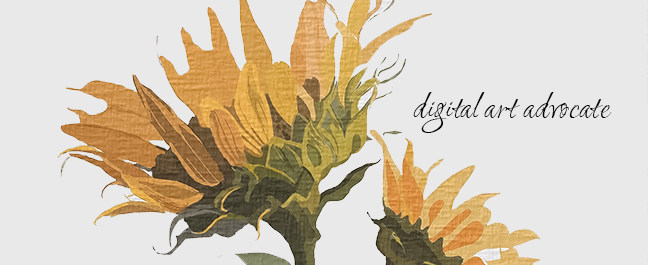Reverencing American Symbols
 Saturday, July 5, 2008 at 10:44AM
Saturday, July 5, 2008 at 10:44AM Oh, say, does that star-spangled banner yet wave o'er the land of the free and the home of the brave?
I am a card carrying member of the ACLU because civil liberties are the fulfilled American promise of freedom. Do you know how precious American freedom is and how amazing the minds and hands from which this promise came to us? Do you know the passion and perserverance of the birth of this dream of freedom we experience and take for granted daily? If you do I doubt you will forget, and you will understand why I would defend a person's right to burn an American flag when I deeply love the symbol. Below is my favorite 4th of July story based on the work of James Parton entitled "The Story of 'The Star-Spangled Banner' which appears in The Book of American Traditions edited by Emyl Jenkins. I read it every 4th of July, and it brings good tears to my eyes and reminds me of my thrilling good fortune to be an American in communion with the characters in this story.
The British, now our greatest friend and ally, was still seething in 1812 over America's Declaration of Independence and victory in the Revoluntion. After defeating Napolean the British headed for America to right a wrong and take back the colonies. The coast bustled with preparation to once again face the mother enemy, especially at Ft. McHenry, two miles south of Baltimore. This was to become the place of American testing and the birth of great American symbols.
The people of Ft. McHenry, under the leadership of Lieutenant-Colonel George Armistead, strengthened its fortifications with resolve to meet head on the challenge. While men put additional guns into position the women of Baltimore joined in the preparation by making a gigantic star-spangled banner to fly over the fort. As is often the case, the men sought to make it work and the women sought to make it inspired by beauty.
Mary Pickergill, with the help of her daughter, made the flag out of four hundred yards of bunting. Thirty by 42 feet, it was too large to spread anywhere but in the malt-house of a neighboring brewery. Mary's daughter at age 76 remembered her mother's resolve:
"I remember seeing my mother down on the floor placing the stars. After the completion of the flag she superintended the topping of it, having it fastened in the most secure manner to prevent its being torn away by balls. The wisdom of her precaution was shown during the engagement, many shots piercing it, but it still remained firm to the staff...My mother worked many nights until twelve o'colock to complete it in a given time."
Seven thousand British showed up on September 11 landing 12 miles below Baltimore. Three thousand militiamen from Maryland and Pennsylvania withstood the attack while British vessels moved up the river, anchored at Ft. McHenry to begin attack. The bombardment was to last 24 hours.
Francis Scott Key - poet, lawyer and unlikely witness to the battle - found himself squarely in the middle of the action having gone to Baltimore to speak with British Admiral Cockburn under a flag of truce to secure the release of Key's aged family friend, Dr. Beanes, from the British. Cockburn denied the request but detained Key on board a frigate Surprise until the conclusion of the battle.
The arcs of fire raged all day and into the night as Key and several other Americans watched from the deck of the enemy ship. The day passed to night, and the anxiety of the Americans mounted with their inability to tell who was winning the battle.
"Suddenly, about three in the morning, the firing ceased. As they were anchored at some distance from the British vessels, they were utterly t a loss to interpret this mysterious silence.
Had the fort surrendered?
As they walked up and down the deck of their vessel in the darkness and silence of the night, they kept going to the binnacle to look at their watches to see how many minutes more must elapse before they could discern whether the flag over Fort Mchenry was the star-spangled banner, or the union jack of England.
The daylight dawned at length. With a thrill of triumph and gratitude, they saw that 'our flag was still there.' They soon perceived from many other signs that the attack, both by land and sea, had failed and that Baltimore was safe."
This moment in time inspired Keys to take from his pocket a letter upon the back of which he wrote his feelings. Several days after the battle Keys' poem had been printed and distributed around Baltimore, and an actor and soldier named Ferdinand Durang selected the tune of an old English song, "To Anacreon in Heaven", written in 1772 by John Stafford Smith, to accompany the poem. It took. By the 1890's the American military had adopted the song for ceremonial purposes to be played upon the raising or lowering of the flag. By 1917 the military designated the song as the "national anthem" for ceremonial purposes, and on March 3, 1931, President Herbert Hoover signed a law passed by Congress declaring it our official national anthem.
Mary Pickergill's flag remains today at the Smithsonian. It is now 30 x 34 feet, having lost eight inches and one star to battle and time. But it remains. And we remain.
 Sacred Time
Sacred Time 

Reader Comments